GRAY WOLVES (Canis lupis)
Monday, September 17, 2007
HABITAT: Gray Wolves range in a variety of different habitats. You can find them in the arctic tundra to the forest, prairie, and dry arid landscape.
DIET: Gray wolves are carnivores. Their diet ranges from deer, elk, caribou, moose, sheep, reindeer, musk oxen, rodents and other meat and grass. When the meat is scarce, they will eat and find mice and grasses. Catching mice is also a good way to teach the pups to hunt.
TERRITORY: Their territory is 50 to 1000 square miles in diameter, depending on the season, and how much meat there is.
DESCRIPTION: Gray wolves are very interesting animals. They are the biggest members of the Canis family. The alpha male weighs 44-150 pounds, and averages around 90 pounds. The alpha female weighs 40-120 and averages around 80. It is usually about 4.5-6.5 feet from tip of tail to tip of snout.
Gray wolves vary in a variety of colors. Usually the upper parts of their bodies are white with shafts of gray, cinnamon and brown. The back is usually dark black, wh8le the muzzle, ears, and limbs have cinnamon coloration. The under parts tend to be a light whitish color and the tail is usually pale below the tip and the tip is ure black. Once in awhile, you might see a totally white wolf. This is not very common, but it does happen sometimes. All wolves have a dense undercoat for the winter climate and coldness of where they live.
The Gray wolf has a bigger snout, bigger ears, and a bigger body than it’s cousin, the Red wolf. It is also 50-100% bigger than it’s small relative, the coyote.
Gray wolves can run up to 40 miles per hour for short distances. Gray wolves hunt in packs. The packs usually have 8 to 35 members, most often 10 to 15. When hunting, they will sometimes run fast to corner an animal so it cannot get away. If their prey is a deer or a moose, the wolves are more cautious than around other animals. If a deer or a moose turns to fight, the pack of wolves will usually move on to easier prey. A deer or moose’s sharp hooves can kill a wolf very quickly if kicked in the head.
RANK: For people who don’t know, the rank in a wolf pack is where they are in the group (like who is more powerful over the other wolves). The dominant (alpha) male is always the head of the rank, followed by the dominant female. The rank is communicated by body language and facial expressions. Some of these include crouching, chin touching, and rolling over to show their stomach.
REPRODUCTION: The Alpha female and male are the only ones in the pack that every breed. The breeding season is January thru April. Wolves always mate for life. After they mate, the female digs a den in a hillside or a cave. Dens will usually slope down and then go up so that when it rains the main part of the den where the pups will be won’t get wet and will stay warm.
The Alpha female will be pregnant for 60 -63 days and then will give birth to the Pups. The Gray Wolves usually have 6 to 7 pups, but they could have 1-20.
The pups are born blind and deaf. They weigh 0.5 kgs, (how many ounces?). Their mother will be with them round the clock, except when getting food. The rest of the pack will feed the pup’s regurgitated food until they are 45 days old. They also depend on their mother for warmth and milk until they are around 3 weeks old. Pups eyes open when they are 10-15 days old. At 10-15 days old the pups can only use their front legs so they have to crawl around. The pups can stand 5 to 10 days after they open their eyes. They can also vocalize and run around at that age. They leave the den when they are 20 to 80 days old. When they are 10 months old, they will begin to hunt with the pack.
CONCLUSION: I chose to study Gray Wolves, Canis Lupis, because after I read about them they became my favorite animal. I also love dogs, and they remind me of wolves. I have never seen one before and I really hope to. I always think of them as Timber Wolves. I really think that hunting them should be illegal because they are almost endangered, and some species of them are even extinct. I hope you enjoyed my report as much as I enjoyed writing it.
I have my own email address for comments; it is fairyvet96@gmail.com. You can also post them on the Blog.
Teslin Marie Ruge
Age 10
FUN FACT: Their scat is hairy, brown, and huge. It is 1 ½ to 2 inches in diameter!
The view west from the homestead
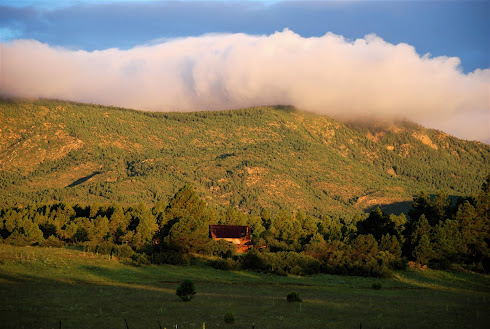
Sweet Chance

Sunday, September 30, 2007
Subscribe to:
Post Comments (Atom)
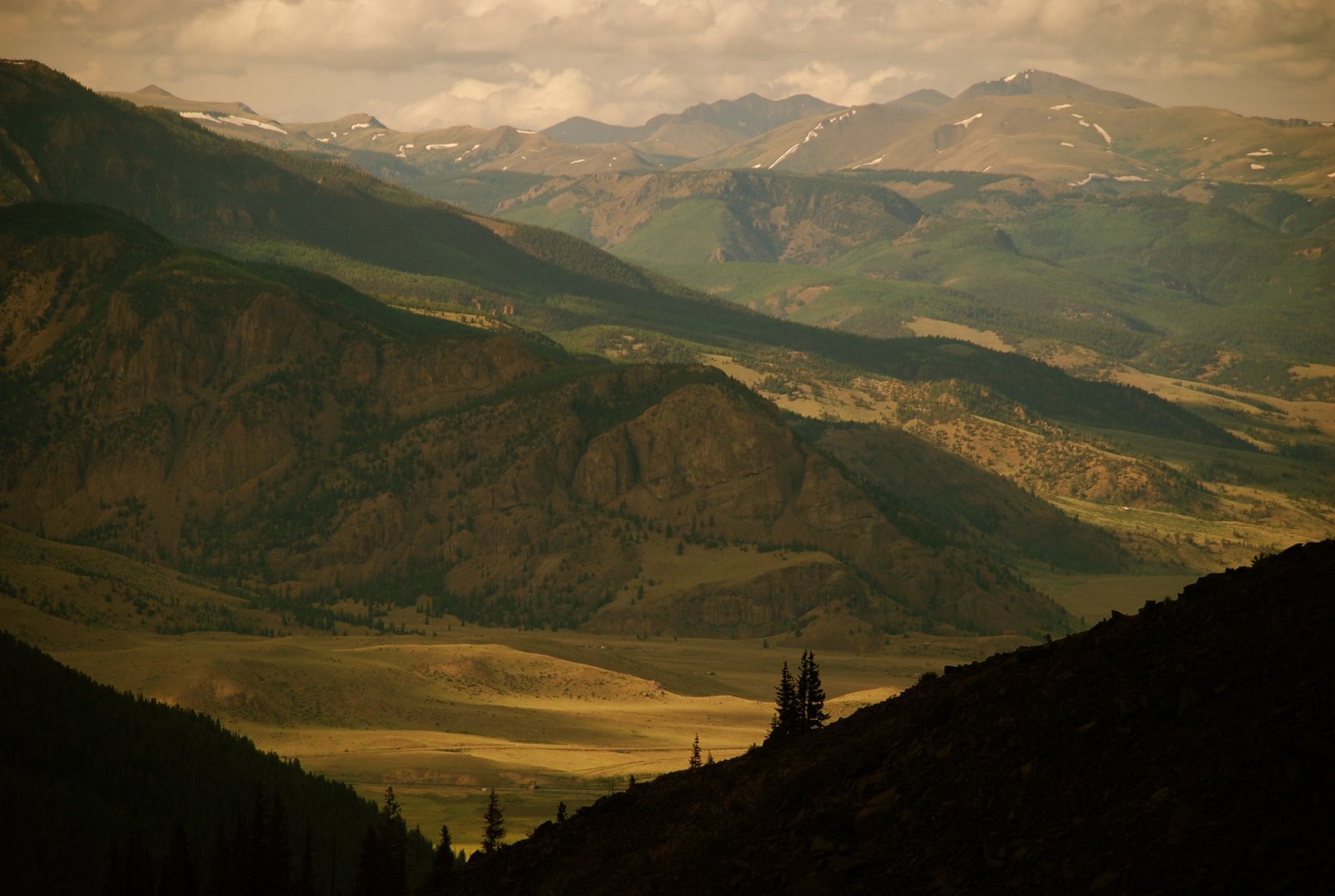




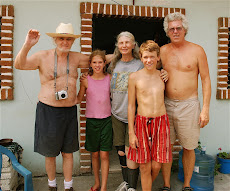

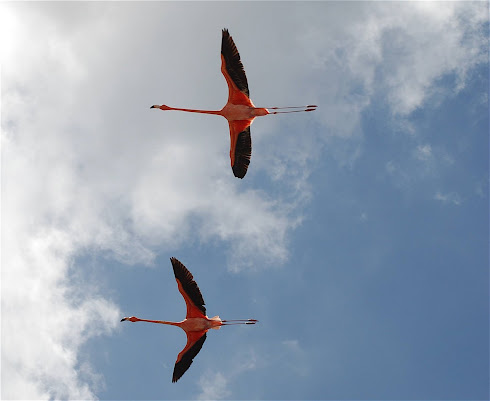
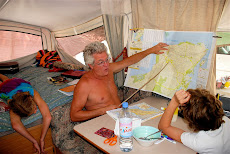







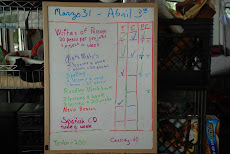





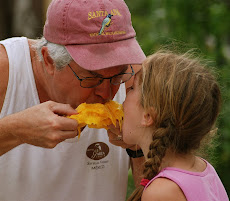




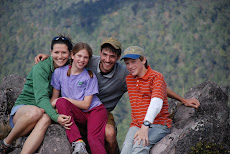












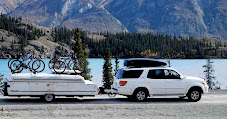

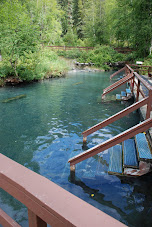

No comments:
Post a Comment